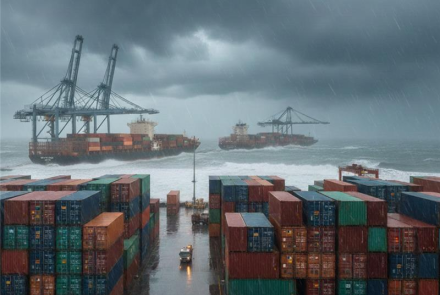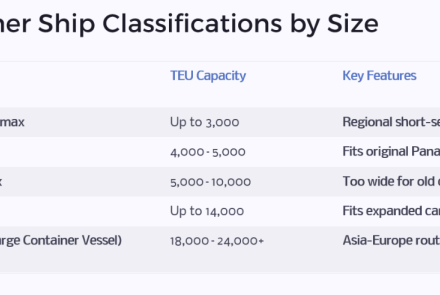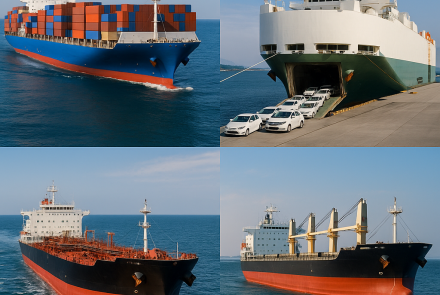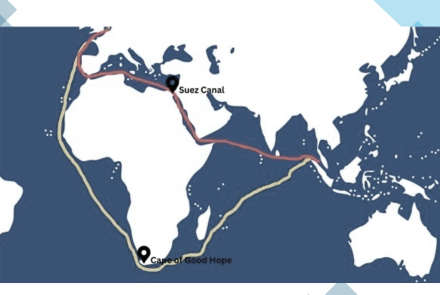What are the responsibilities of an ‘Officer on Watch’?
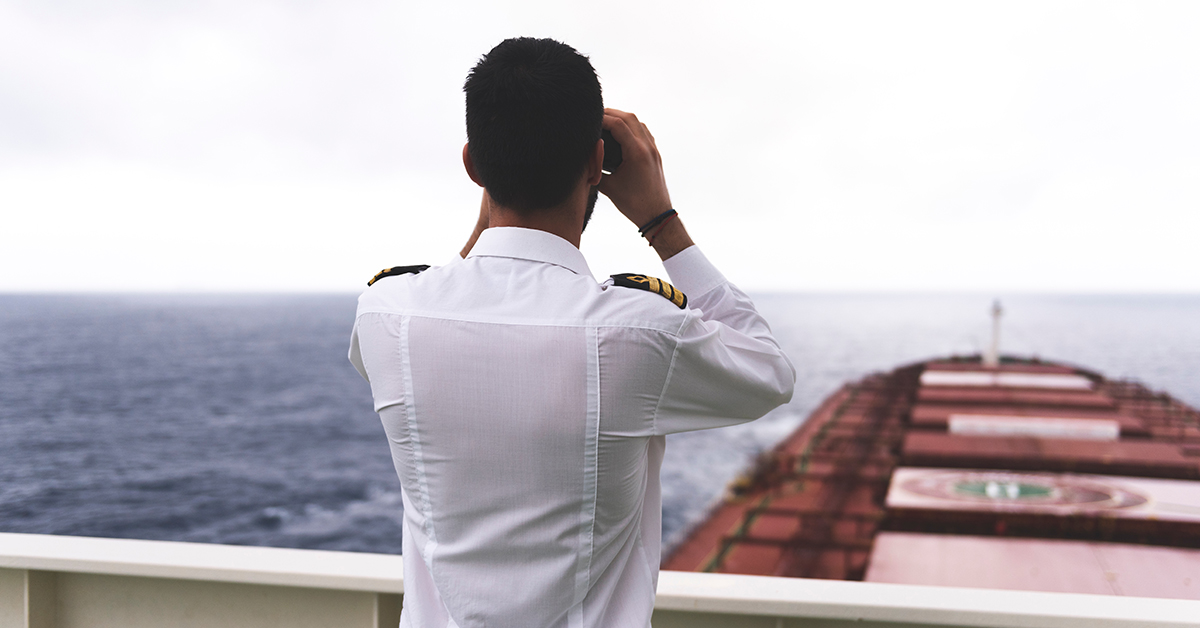
An Officer on Watch (OOW) is a deck officer delegated the job of watch-keeping and navigation from a ship’s “bridge”. Situated at the top of a vessel is the ‘bridge’ which is also known as the Command Centre, and from where all communication is transmitted and received. While keeping a watch from the bridge, the Officer on Watch functions as a representative of the ship’s master and is accountable for the safe navigation of the ship.
The Officer on Watch must be ever alert and responsive to initiate timely actions to stay clear from a ship that’s approaching head-on or passing, by complying with the procedures specified under the International Regulations for Preventing Collisions at Sea, 1972 (COLREGS). The Officer on Watch also records all bridge activities and ensures the proper working condition of the navigational equipment.
The main responsibilities of an Officer on Watch are:
- Watch-keeping
- Navigation
- Radio Watch-keeping with GMDSS (Global Maritime Distress and Safety System)
These responsibilities and skills of an OOW can be broadly categorized as:
- Formulating, executing and supervising a safe passage plan.
- Surveillance of the ship and keeping a watch over the horizon.
- Monitor and record bridge activities.
- Conversant with the ship’s speed, turning circles, and characteristics of ship handling.
- Obedience to the correct navigation methods to avoid collision as per guidelines set out in COLREGS.
- Check the working condition of all navigational equipment regularly.
- Paying continuous attention to GMDSS radio for distress signals and general information.
- Seeking inputs from the Pilot when necessary, and if doubts persist contact the Master for advice.
- Well-conversant in the use of Automatic Radar Plotting Aid (ARPA).
- Use the radar in areas of high traffic density or when the visibility is poor due to fog, rain or dust storms.
- Position a staff to steer the ship manually in time to stay clear of any approaching hazard.
- Up-to-date with onboard safety equipment.
- Ability to identify ships or aircraft in distress and offer assistance.
- Awareness of the outline of the ship’s hull in comparison with the depth of water.
The OOW must possess exceptional general awareness about the day-to-day operations of a vessel. The officer must monitor the ship’s deck to ensure the safety of the staff working there and the cargo handling devices. Areas that are prone to piracy or armed attacks must be closely watched to be prepared in time and avert misfortunes. Radar plotting must be employed in restricted visibility to assess the chances of collision with another ship.
The Officer on Watch hands over the duties to another officer only after he is convinced that the officer being entrusted the job is fully fit. The relieving officer must be present at the bridge with sufficient time at his disposal to familiarize himself with the ship’s position, course, speed and engine controls before assuming full charge.
The OOW must monitor safe passage at frequent intervals by aligning the position of the ship correctly, particularly after each alteration of the course, paying due attention to squall and keel clearance.
Under the International Convention for the Safety of Life at Sea (SOLAS), it is obligatory for the Officer on Watch to relay emergency situations such as:
- Ice and icebergs.
- Tropical Storms.
- Freezing air temperatures from gale-force winds producing dangerous ice masses.
SOLAS mandates that every vessel must at all times observe by sight as well as hearing appropriate to the prevailing circumstances to gain the right assessment of a situation and take corrective actions to ensure the vessel’s safe passage.
- Log in to post comments



